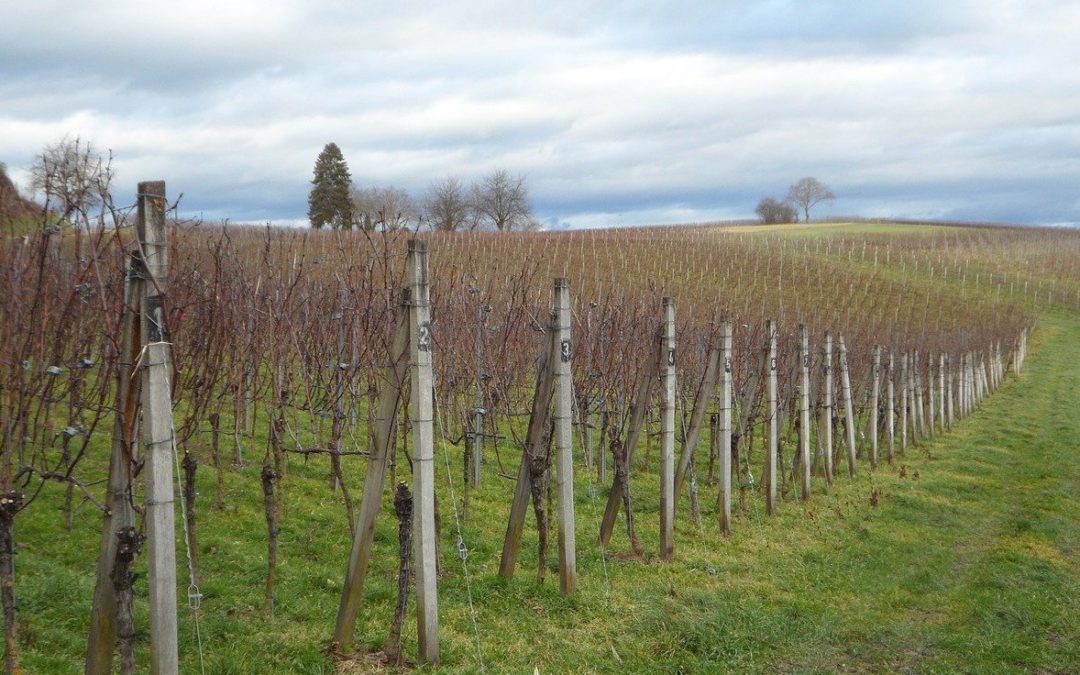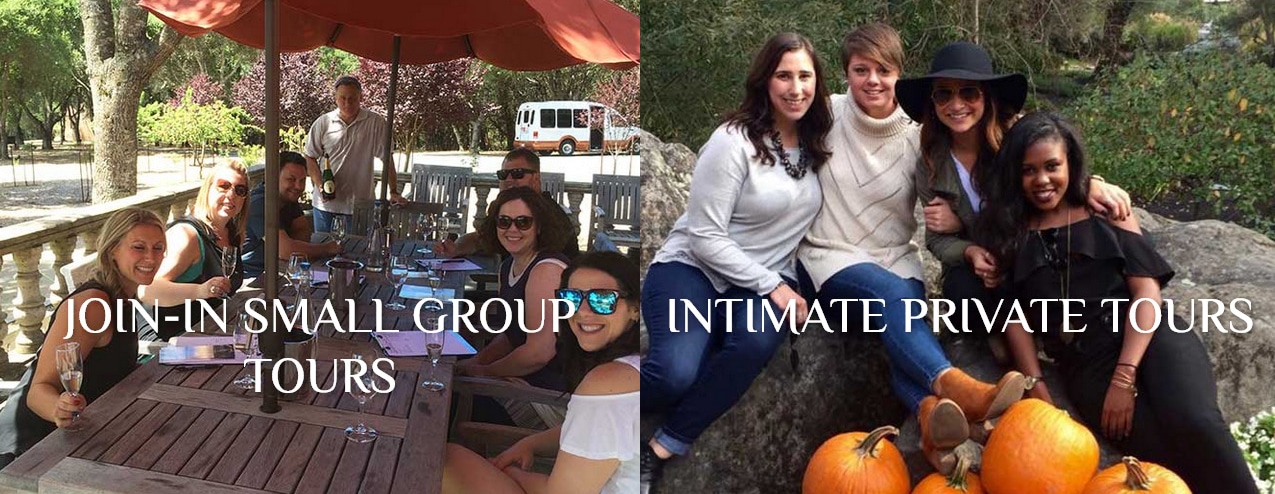Once the harvest has finished, Napa and Sonoma wineries focus their attention on turning those carefully nurtured grapes into world-class wines.
However, there is still plenty going on in the vineyards. Once the grapes are gone, and the weather turns chilly, the vines pass into a state of dormancy as the last season’s leaves fall off and the vines rest before another growing season begins in early spring.
By transgressing into this seemingly inactive state, the grapevines can withstand the cold temperatures and prepare for the flowering and growth that occurs when the weather warms again.
So, what happens with the vines before and during the dormant period?
Grapevines breathe during their dormancy to maintain their essential metabolic functions and are fueled by the carbohydrates they store from the prior growing season. The trunks, roots, and branches retain these starchy fuels to keep the vines alive.
To ensure the vines remain healthy as they progress into and out of dormancy, crews at Sonoma wineries and Napa wineries actively prepare the vineyards for dormancy by applying post-harvest fertilizers. This application ensures the reserve of carbohydrates within the stems and branches is sufficient. The supply of nutrients is necessary to support the initial stages of development once the weather turns warmer.
The first bud break, root and shoot development, and flowering in the spring rely on this extra boost of energy provided by post-harvest fertilization.
Studies show that the vines’ vegetative growth and ultimate yields are directly related to these treatments.
Is there more than one type of grapevine dormancy?
Vineyards providing grapes for any Sonoma or Napa winery will experience two phases of dormancy during the winter months. These are:
-
Endodormancy
Triggered by shorter days and cooler temperatures, this dormancy phase is controlled by the plant’s “growth regulators” that reside within the plant buds. These regulators initiate changes in the plant that prepares and protects the vines during the winter month by shutting down many of its functions. While the endodormancy phase follows the leaf fall, nothing within the plant will grow after dormancy begins.
As preparation for the coming colder temperatures, the vines automatically reduce their level of moisture retained in the plant tissues to minimize the potential for ice crystals to develop that will damage the plant.
-
Ecodormancy
The vines are ready to grow in the second phase of dormancy or ecodormancy, but the remaining low temperatures will not permit bud break. Grapevines cannot re=enter dormancy once they have emerged. As a result, if the plants emerge from their dormancy too early and begin their bud break phase, any subsequent cold spell can severely damage the crop.
Learn more by visiting a Napa or Sonoma winery during the winter season
A delightful break from the pressures of daily life is to schedule a safe, personalized private or join-in wine tour of Sonoma or Napa vineyards with Platypus Wine Tours. The knowledgeable and entertaining Platypus associates can enlighten you and your partner and friends about all the processes contributing to making world-class wines.
And, while visiting a Sonoma or Napa winery, you will learn more about the art of winemaking and come to understand highlights of the science of vineyard management.
Wintertime is a terrific time to visit any Sonoma and Napa winery and view the vineyards during their dormancy.
To learn more about the variety of Platypus Wine Tour adventures, visit the Platypus website.
While on the website, you will see many Platypus offerings, learn how to reserve your place for a future Tour to some Sonoma or Napa wineries, read about the Platypus Covid protocols, and more.
If you have questions about a future tour of a Napa or Sonoma winery, call Platypus Wine Tours at 1-707-253-2723.

